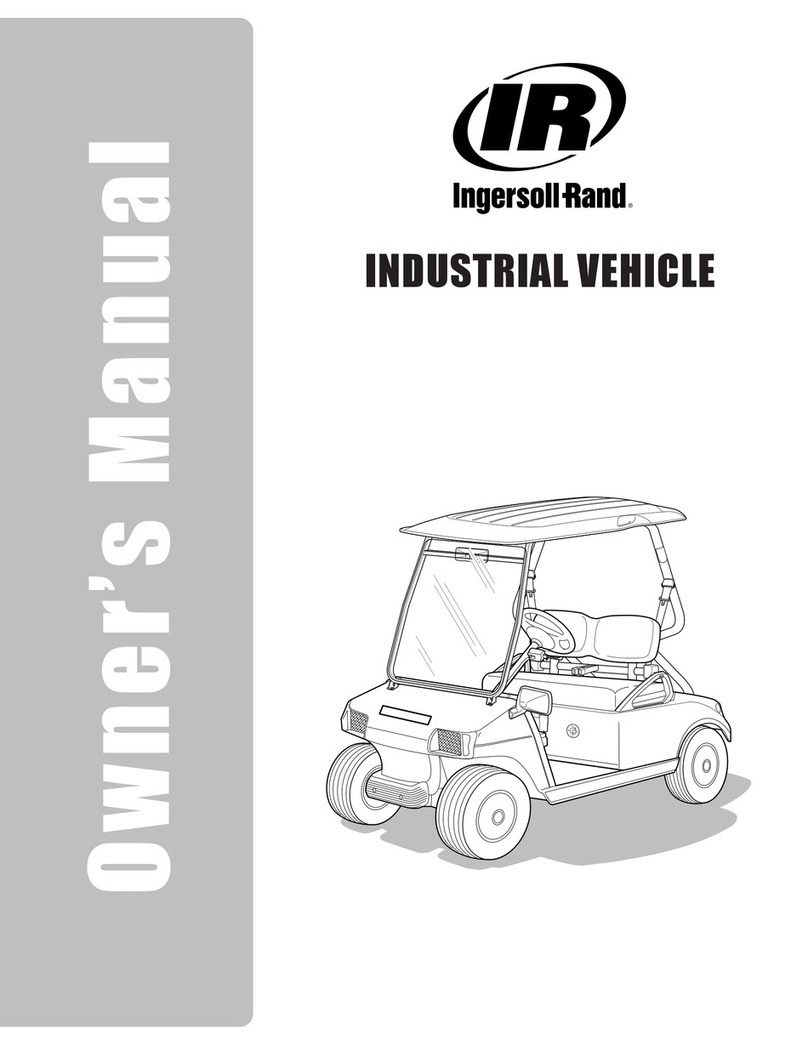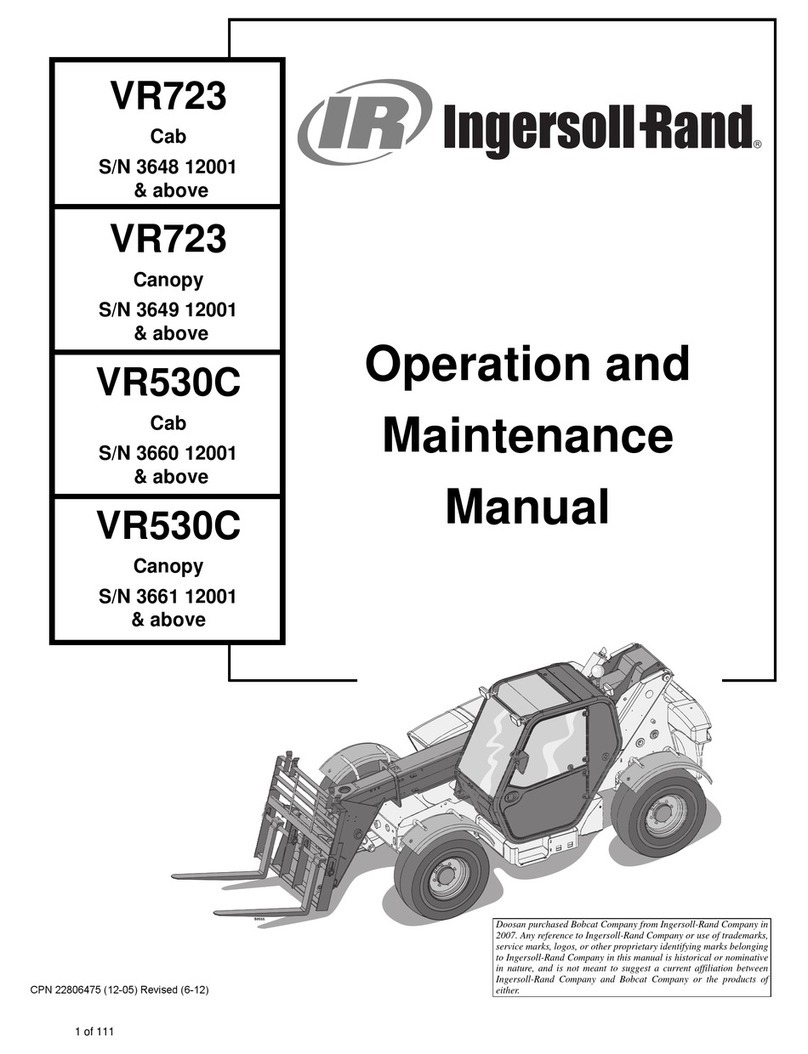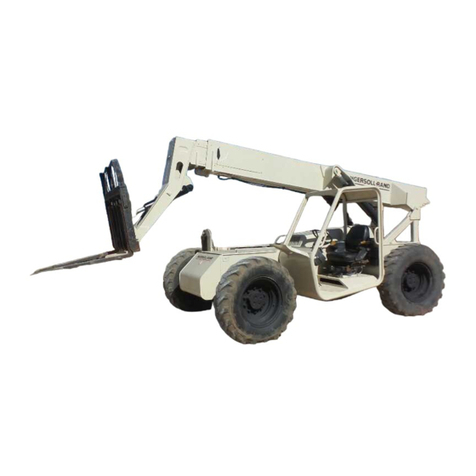
General Warnings
Page 8 2007 Carryall 272/Turf 272 Gasoline Vehicle Owner’s Manual (Europe)
GENERAL WARNINGS
The following safety statement must be heeded whenever the vehicle is being operated, repaired, or serviced.
Vehicle feature identification information is also included beginning on page 4. Other specific safety state-
ments appear throughout this manual and on the vehicle.
ý
DANGER
• Battery – Explosive gases! Do not smoke. Keep sparks and flames away from the vehicle and
service area. Ventilate when charging or operating vehicle in an enclosed area. Wear a full
face shield and rubber gloves when working on or near batteries.
• Gasoline – Flammable! Explosive! Do not smoke. Keep sparks and flames away from the
vehicle and service area. Service only in a well-ventilated area.
• Do not operate gasoline vehicle in an enclosed area without proper ventilation. The engine
produces carbon monoxide, which is an odorless, deadly poison.
• A Club Car vehicle will not provide protection from lightning, flying objects, or other storm-
related hazards. If caught in a storm while driving a Club Car vehicle, exit the vehicle and seek
shelter in accordance with applicable safety guidelines for your location.
ý WARNING
• Follow the procedures exactly as stated in this manual, and heed all DANGER, WARNING, and
CAUTION statements in this manual as well as those on the vehicle.
• Do not leave children unattended on vehicle.
• Prior to leaving the vehicle unattended or servicing the vehicle, set the park brake, place the
Forward/Reverse handle in the NEUTRAL position, turn the key switch to the OFF position,
and remove the key. Chock the wheels when servicing the vehicle.
• Improper use of the vehicle or failure to properly maintain it could result in decreased vehicle
performance, severe personal injury, or death.
• Any modification or change to the vehicle that affects the stability or handling of the vehicle,
or increases maximum vehicle speed beyond factory specifications, could result in severe
personal injury or death.
• Check the vehicle for proper location of all vehicle safety and operation decals and make sure
they are in place and are easy to read.
• For vehicles with cargo beds, remove all cargo before raising the bed or servicing the vehicle.
If the vehicle is equipped with a prop rod, ensure that it is securely engaged while bed is
raised. Do not close bed until all persons are clear of cargo bed area. Keep hands clear of all
crush areas. Do not drop cargo bed; lower gently and keep entire body clear. Failure to heed
this warning could result in severe personal injury or death.
• Only trained technicians should service or repair the vehicle. Anyone doing even simple
repairs or service should have knowledge and experience in electrical and mechanical repair.
The appropriate instructions must be used when performing maintenance, service, or
accessory installation.
• To avoid unintentionally starting the vehicle:
- Disconnect battery cables, negative (–) cable first (Figure 1, Page 7).
- Disconnect the spark plug wire from the spark plug.
WARNING CONTINUED ON NEXT PAGE...
































